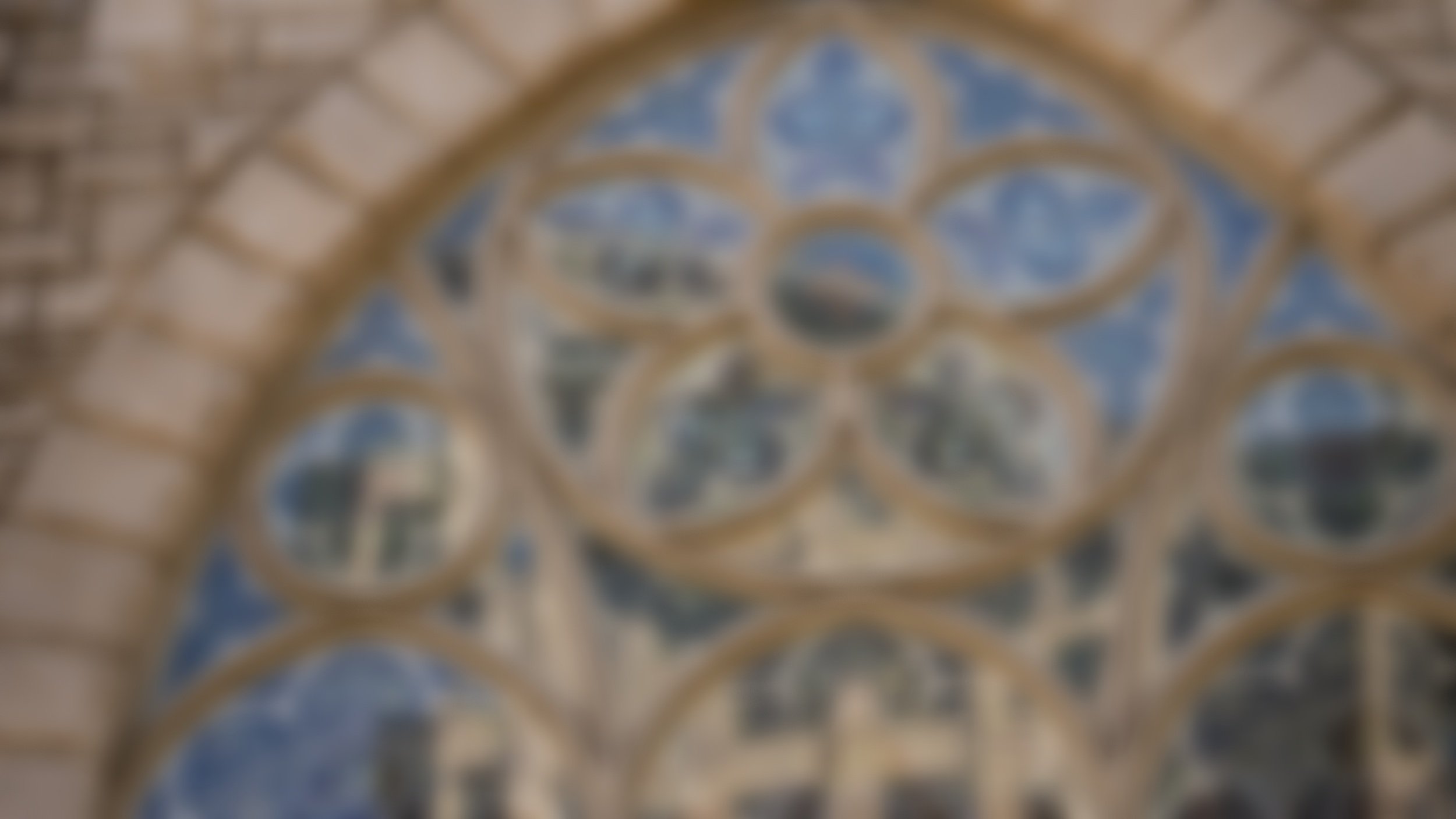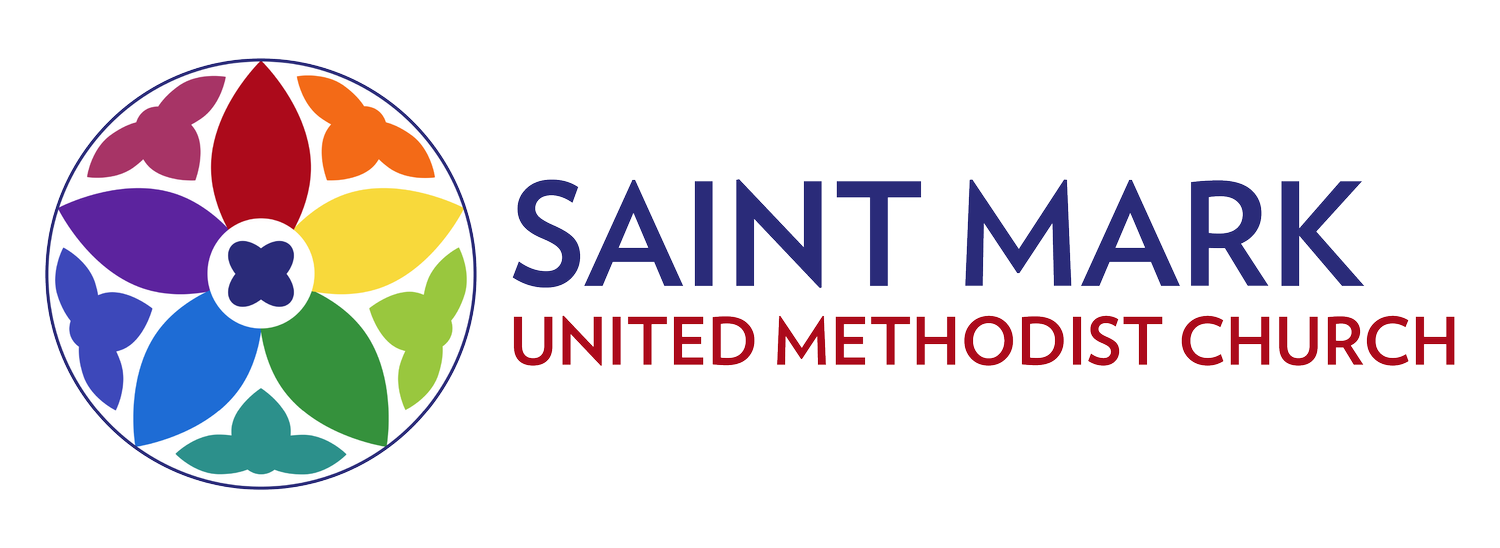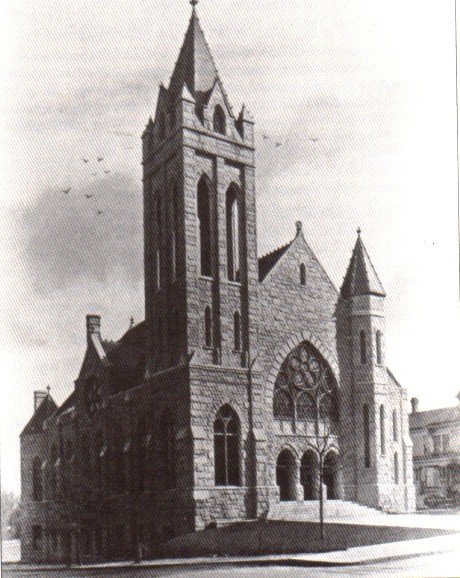
TIMELINE
March 22, 1903 - the finished building.
1934 - the first Children's Choir at Saint Mark.
A photo from Saint Mark's first Homecoming/Founders' Day celebration in 1952, to commemorate 50 years of Saint Mark.
Another photo from 1952's Founders' Day/Homecoming Celebration.
A 2002 Choir Rehearsal in the Saint Mark Sanctuary.
Saint Mark participating in the 2004 Gay Pride Parade. The "float" featured Saint Mark's iconic red doors.
Saint Markers in the 2010 Pride Parade (10/10/10)
A 2012 Blessing of the Animals gathering on the front steps.
Saint Markers building a house for Habitat for Humanity (08/08/19)
The iconic rainbow flag in Saint Mark's belfry. Though it has been a fixture during LGBTQ+ Pride, the decision was made in 2019 to keep the flag here year-round to make our position on LGBTQ+ acceptance explicitly clear.
Our 2019 LGBTQ+ Pride Float, featuring our Saint Mark Youth.
In 2021, the Saint Mark sanctuary was featured in a mural commemorating the 50th Anniversary of Atlanta Pride.
In 2021, Saint Mark celebrated 30 years of participating in Atlanta's LGBTQ+ Pride Celebration. This logo was designed by Saint Mark's own Lily Berrios.
Saint Mark children preparing for the 2022 Easter Egg Hunt.














